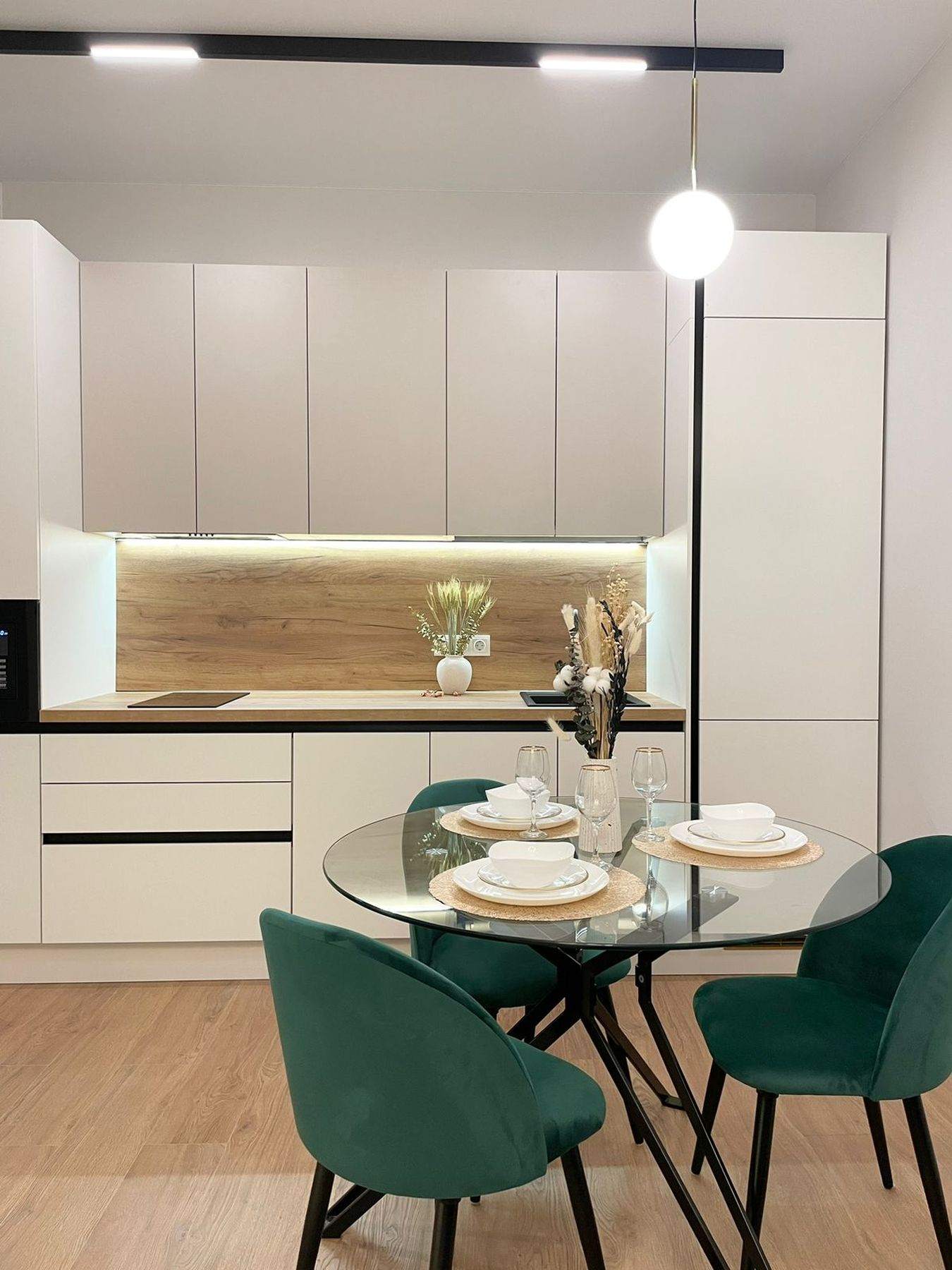
Revolutionizing the Kitchen: An Introduction to Modern Culinary Spaces
The heart of the home is undeniably the kitchen, a place where culinary magic happens and families gather to create memories. Today, with a wave of innovation and design, culinary spaces are being redefined to cater to the modern cook’s needs. This article will delve into how contemporary kitchens are transcending traditional boundaries, becoming multifunctional havens of technology, sustainability, and style.
Embracing Technological Integration in the Kitchen
One of the most significant shifts in kitchen design comes with the seamless integration of technology. Smart appliances that can be controlled via smartphone or voice command are becoming increasingly common, making cooking more manageable and more enjoyable. Features such as smart refrigerators that track expiration dates, ovens that can be preheated remotely, and faucets activated by motion sensors not only add convenience but also push the culinary experience into the realm of high-tech.
Design Trends: Aesthetics Meets Functionality
Modern culinary spaces are not just about gadgets; they’re also about creating an ambience that reflects the personal styles of their users. Open concept kitchens with clean lines and minimalist design are currently en vogue, allowing for better social interaction and a more inclusive atmosphere when entertaining guests. Materials such as reclaimed wood, polished concrete, and quartz are being used to craft spaces that are as beautiful as they are functional. These materials also contribute to sustainability, another key aspect of kitchen innovation.
Maximizing Space with Multi-Functional Features
As urban living spaces become more compact, the need for multi-functional kitchen elements has risen. Innovative solutions such as foldable countertops, modular units, and appliances that can perform multiple tasks are redefining the utilization of space. The focus is on creating efficient areas that can adapt to various needs, be it a family dinner, a cocktail party, or a quiet space for morning coffee.
Sustainability at the Forefront of Kitchen Design
Sustainability is no longer a buzzword but a crucial factor in kitchen design. From energy-efficient appliances to composting systems incorporated within the kitchen, eco-friendly practices are becoming standard. Materials and appliances are selected with an eye on reducing carbon footprint without compromising on aesthetics or function. This shift reflects the growing awareness and responsibility towards environmental conservation.
The Social Kitchen: Encouraging Interaction and Engagement
In redefining the culinary space, architects and designers are fostering a social environment within the kitchen. By creating versatile areas that serve as both food preparation and social hubs, kitchens are increasingly reminiscent of the traditional hearth - a central spot for gathering and interaction. This social aspect encourages families and guests to engage with the cooking process, making meals a collaborative and enriching experience.
Conclusion: The Evolution of Culinary Spaces
The kitchen of the future is here, and it arrives with an array of innovations that make cooking and socializing more intuitive, enjoyable, and sustainable. As we continue to reshape our culinary spaces, we find that they are not just evolving in design but also in their role within our lives - reinforcing the kitchen’s position as the true heart of the home. In redefining culinary spaces, we embrace a future where functionality, beauty, and sustainability go hand in hand, crafting not just a room, but a lifestyle.